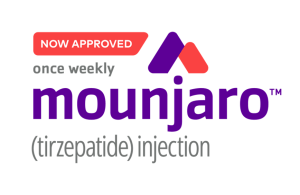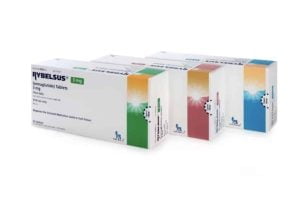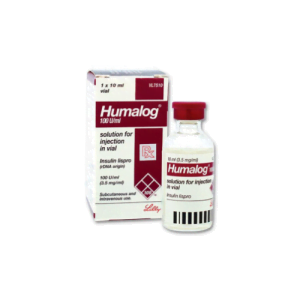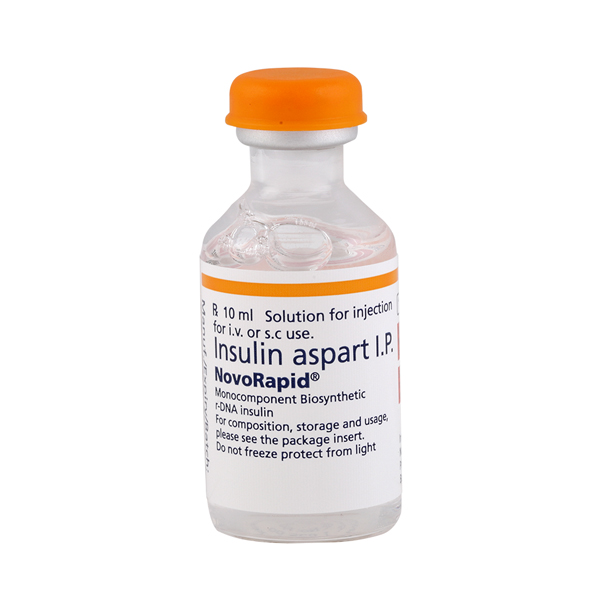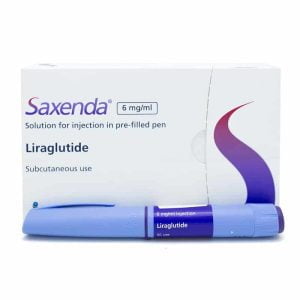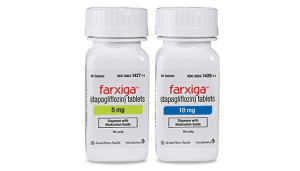Mounjaro vs Ozempic. To manage type 2 diabetes, various treatment options are available, each with its unique characteristics and benefits. Two medications that have gained attention in recent years are Mounjaro and Ozempic. Mounjaro and Ozempic belong to a class of drugs called glucagon-like peptide-1 receptor agonists (GLP-1 RAs), which work by increasing insulin release and reducing glucose production in the body. In this article, we will compare and contrast Mounjaro and Ozempic, exploring their effectiveness, safety profiles, dosing regimens, and other important factors to help you decide which medication may be the most suitable for your diabetes management. We will also tackle their modes of administration, cost, and potential side effects.
Read more as we delve into two efficient approaches to diabetes management.
Mounjaro and Ozempic: Definition and Uses
Mounjaro (Tirzepatide) is a once-weekly injectable prescription medicine that helps stabilize and control blood sugar levels in type 2 diabetes patients. It is the first GLP-1 (glucagon-like peptide 1) and GIP (glucose-dependent insulinotropic polypeptide) receptor agonist, improving insulin sensitivity, enhancing insulin secretion, and reducing appetite.
Doctors prescribe Mounjaro in adjunct to a proper diet and physical exercise. This medicine also shares similar functions with Ozempic, particularly with weight management. However, more research and approval are necessary for Eli Lilly, its manufacturer, to market Mounjaro as a weight loss drug.
Meanwhile, Ozempic is also a type 2 diabetes injectable drug known for its weight loss effects. It is the brand name for the medication Semaglutide. Ozempic is part of a group of drugs called glucagon-like peptide-1 receptor agonists (GLP-1 RAs). Its functions are:
- Increase insulin production from the pancreas.
- Reduce glucose production by the liver.
- Reduce calorie intake, promoting weight loss.
- Slow stomach emptying, improving appetite control.
However, it is important to note that the FDA has yet to approve Ozempic and Mounjaro for weight loss. The manufacturer of Mounjaro, Eli Lilly has released study results suggesting that it may be effective in promoting weight loss, and the company is reportedly pushing for fast-track approval to market Mounjaro as a weight loss drug.
Efficacy of Mounjaro and Ozempic
Mounjaro underwent a series of tests and trials before it received approval from the FDA for treating type 2 diabetes only. However, the same tests also registered the efficiency of Mounjaro in weight loss management.
- Following a 72-week trial, people who took Mounjaro reported achieving a “substantial and sustained reduction in their body weight.”
- Eli Lilly reported that half of the participants lost an average of 15% of their weight based on the same test.
- SURMOUNT-1, under the Phase III trial, reported weight loss results of up to 22.5%.
- SURMOUNT-2 trial recorded an average of 16% of weight loss in diabetes patients after 18 months of taking Mounjaro.
Ozempic has also gained significant attention in weight loss in the last two years. Here’s an account of Ozempic’s effectiveness in weight loss management as an off-label prescription.
- People with obesity reported losing 15% of their weight after 68 weeks of taking Ozempic.
- Ozempic underwent six trials involving 7,215 patients. Over half of the participants took Ozempic, while the rest were in a placebo group. After one year of treatment, 63% of the participants lost 5% of their body weight. The remaining 27% of participants lost 10% of their body weight.
- A new trial occurred utilizing higher doses of Ozempic. The result was impressive, with more people losing weight effectively.
Modes of Administration
Mounjaro and Ozempic are both injectable medicines administered only once a week. If you use any of these medicines, inject or administer subcutaneously under the skin, on areas like your thighs, abdomen, or upper arm. Avoid injecting on the same site to prevent skin lumps.
Cost Difference Between Mounjaro and Ozempic
The cost of Mounjaro and Ozempic may vary depending on the pharmacy, location, insurance coverage, and savings programs. The average retail price of Mounjaro is around $1,087 for a supply of 2 ml. On the other hand, Ozempic’s retail price starts at $995 for 1.5 ml.
If you aim for a more cost-effective price, you can purchase Ozempic at a starting price of $465 through canadianinsulin.com, a reputable online pharmacy.
Side Effects
Common side effects of Mounjaro include nausea, vomiting, diarrhea, and constipation. Ozempic can also cause adverse reactions like low blood sugar, stomachache, heartburn, bloating, nausea, loss of appetite, headache, and tiredness.
Which is better?
There are no studies to prove which is better. It all depends on individual needs and underlying health conditions. When choosing between Mounjaro and Ozempic, it is essential to recognize significant factors to ensure a successful and safe treatment. These factors may include your health status and medical history. Rely only on your doctor for an accurate assessment.








